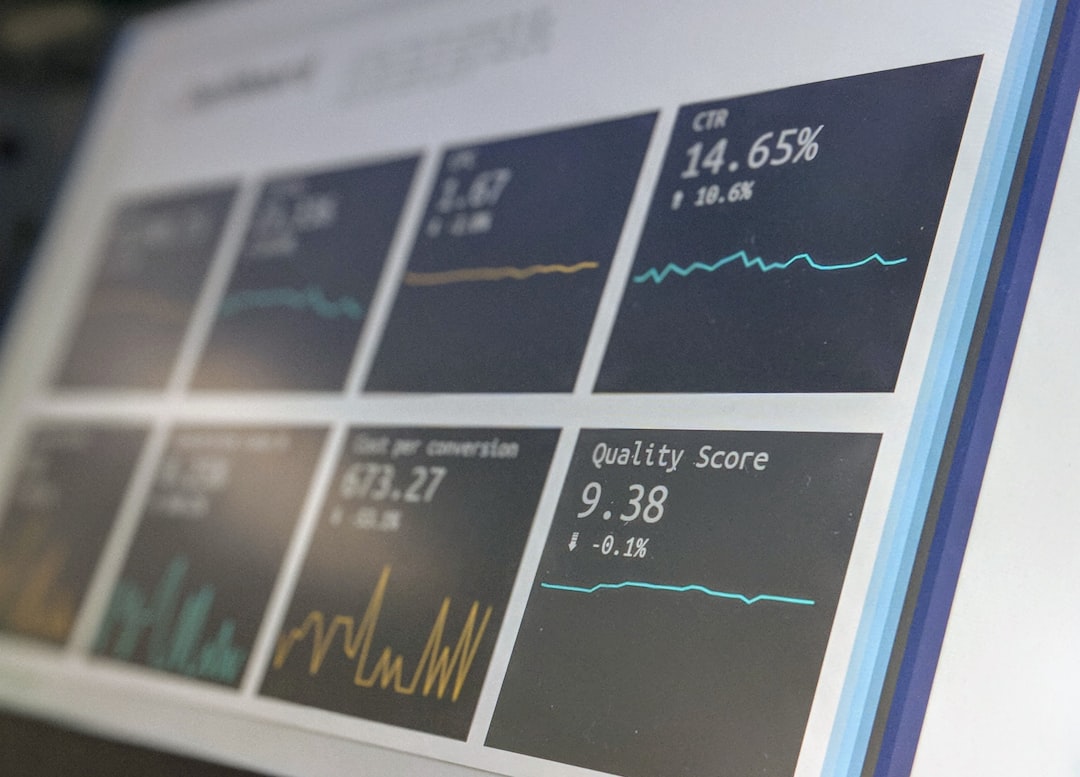
The Role of Think Tanks in Economics: Insights and Impacts.
# Introduction. In today’s rapidly evolving economic landscape, think tanks play a crucial role in shaping policies, influencing public opinion, and providing a platform for informed debates. These institutions, driven by research and analysis, serve as hubs of knowledge that help both private and public sectors understand and navigate complex economic issues. This blog post will explore the role of think tanks in economics, their impact on policy-making, and the challenges they face. ## The Nature of Think Tanks. Think tanks are independent organizations that conduct research and analysis to produce policy recommendations and insights across various subjects, including economics. They often combine the expertise of economists, analysts, and researchers who collaborate to assess data and articulate trends and projections that can guide decision-makers. ### Types of Think Tanks. There are several types of think tanks in the field of economics. Some are affiliated with universities, while others operate independently or are funded by specific interest groups. Broadly, they can be categorized into four main types: 1. **Independent Think Tanks:** These operate without direct government or corporate funding and typically prioritize public interest in their research and publications. 2. **Policy-Oriented Think Tanks:** These institutions are focused on specific issues, such as healthcare, education, or international relations, and aim to provide targeted policy recommendations. 3. **Corporate Think Tanks:** Funded by businesses, these think tanks analyze economic issues pertinent to their sectors and advocate for policies that favor their interests. 4. **Government-Funded Think Tanks:** Often formed by state initiatives, these think tanks provide insights that align with governmental agendas and help streamline public policies. ## The Influential Role of Think Tanks in Policy-Making. The influence of think tanks on the economy and public policy is profound. They often provide detailed analyses and policy recommendations during critical decision-making processes. As policymakers search for informed and credible perspectives, think tanks serve as essential resources for government leaders and legislators. A successful example of this collaboration is the role of the Brookings Institution, which has helped shape U.S. economic policy through extensive research over the years. ### Establishing Credibility. The credibility of a think tank often depends on the quality of its research. Robust methodologies, peer-reviewed studies, and expert panels contribute to their authority and reputation. Policymakers are more likely to engage with think tanks that have demonstrated a commitment to producing reliable, actionable insights. This allows think tanks to foster connections with decision-makers and establish themselves as go-to sources for economic analysis. ## Bridging the Gap between Research and Implementation. Beyond analyses and recommendations, think tanks also play a pivotal role in bridging the gap between research and practical implementation of policies. They often organize workshops, seminars, and roundtable discussions where stakeholders can explore specific economic issues, fostering dialogue among business leaders, academics, and politicians. ### Case Study: The Economic Policy Institute. The Economic Policy Institute (EPI) exemplifies how think tanks can influence the economic landscape. Founded in 1986, EPI provides research that informs labor policies, workforce development, and wage regulations. By delivering vital data and recommendations, EPI supports progressive movements and advocates for working families in the U.S., shaping legislative agendas based on rigorous economic analysis. ## Challenges Faced by Think Tanks. Despite their important role, think tanks face several challenges. The funding landscape is continually changing, with many organizations relying heavily on grants and donations. This financial dependency can sometimes compromise their objectivity or lead them to prioritize the interests of specific benefactors over public welfare. Furthermore, the growing challenge of misinformation and anti-intellectual sentiment poses significant obstacles to disseminating credible research on economic issues. ### The Need for Transparency. To maintain credibility, transparency in funding and methodologies is paramount for think tanks. Establishing clear lines of accountability and openness about conflicts of interest can bolster public trust. Think tanks that adhere to these principles may not only thrive but also enhance their ability to affect positive changes in economic policy and practice. ## Conclusion. Think tanks serve as crucial catalysts for economic discourse and policymaking. By conducting comprehensive research and fostering dialogue among various stakeholders, they play an essential role in shaping public policy. As we navigate the complexities of the global economy, the function of think tanks will only become more critical in addressing challenges and propelling progress. Additionally, by ensuring transparency, integrity, and credibility, think tanks can continue to serve as trusted sources of guidance in economics, promoting informed decision-making for governments and communities alike. .








